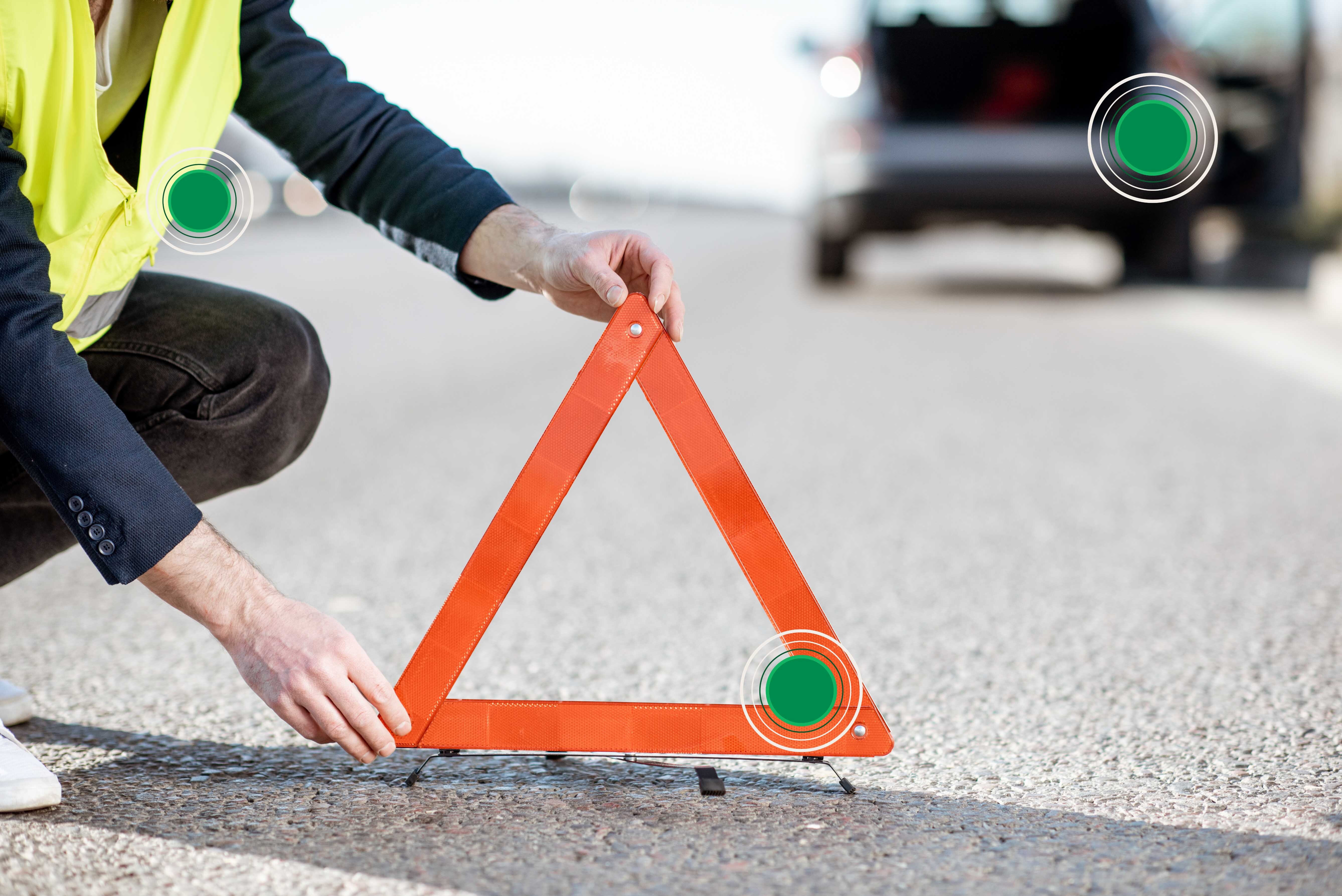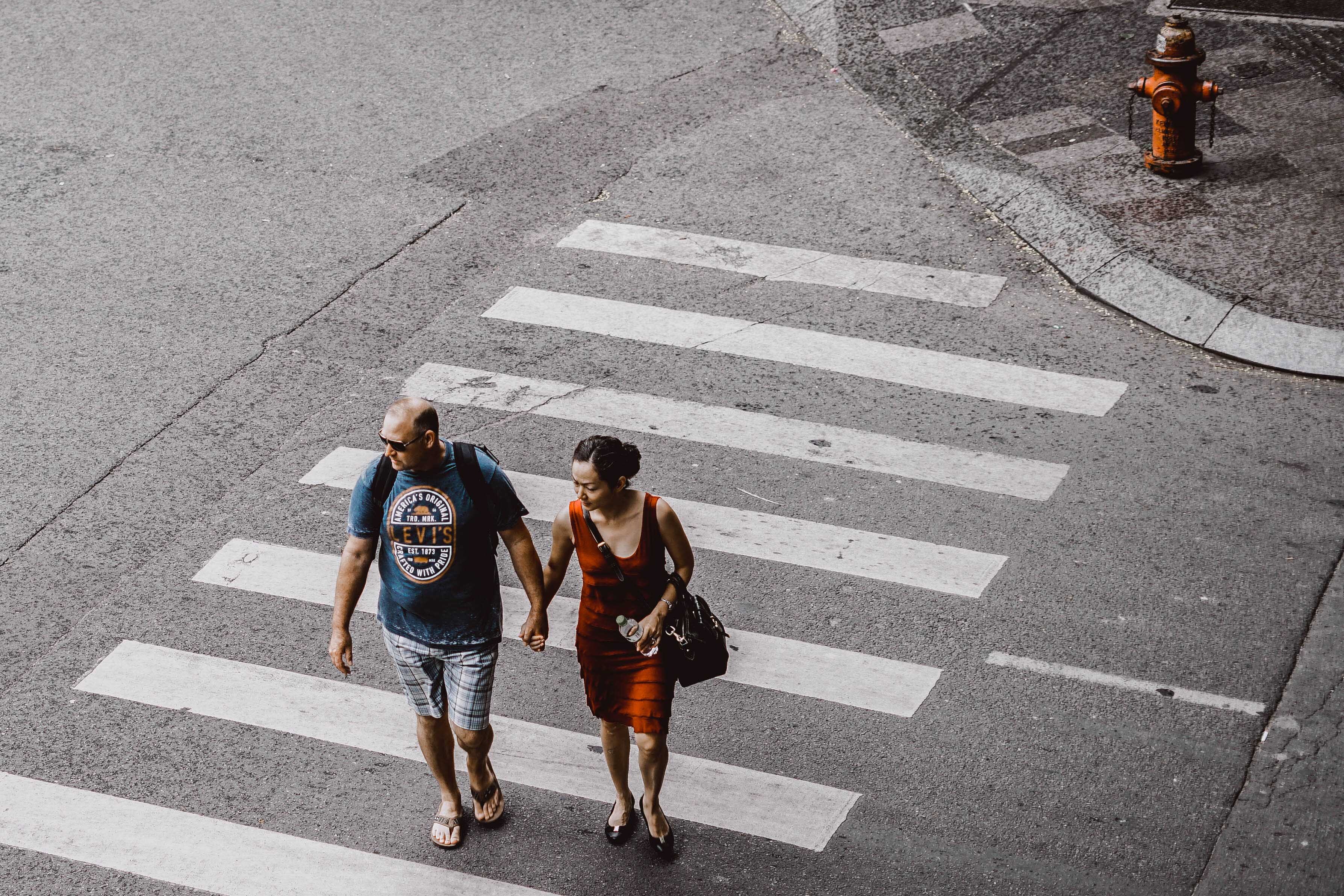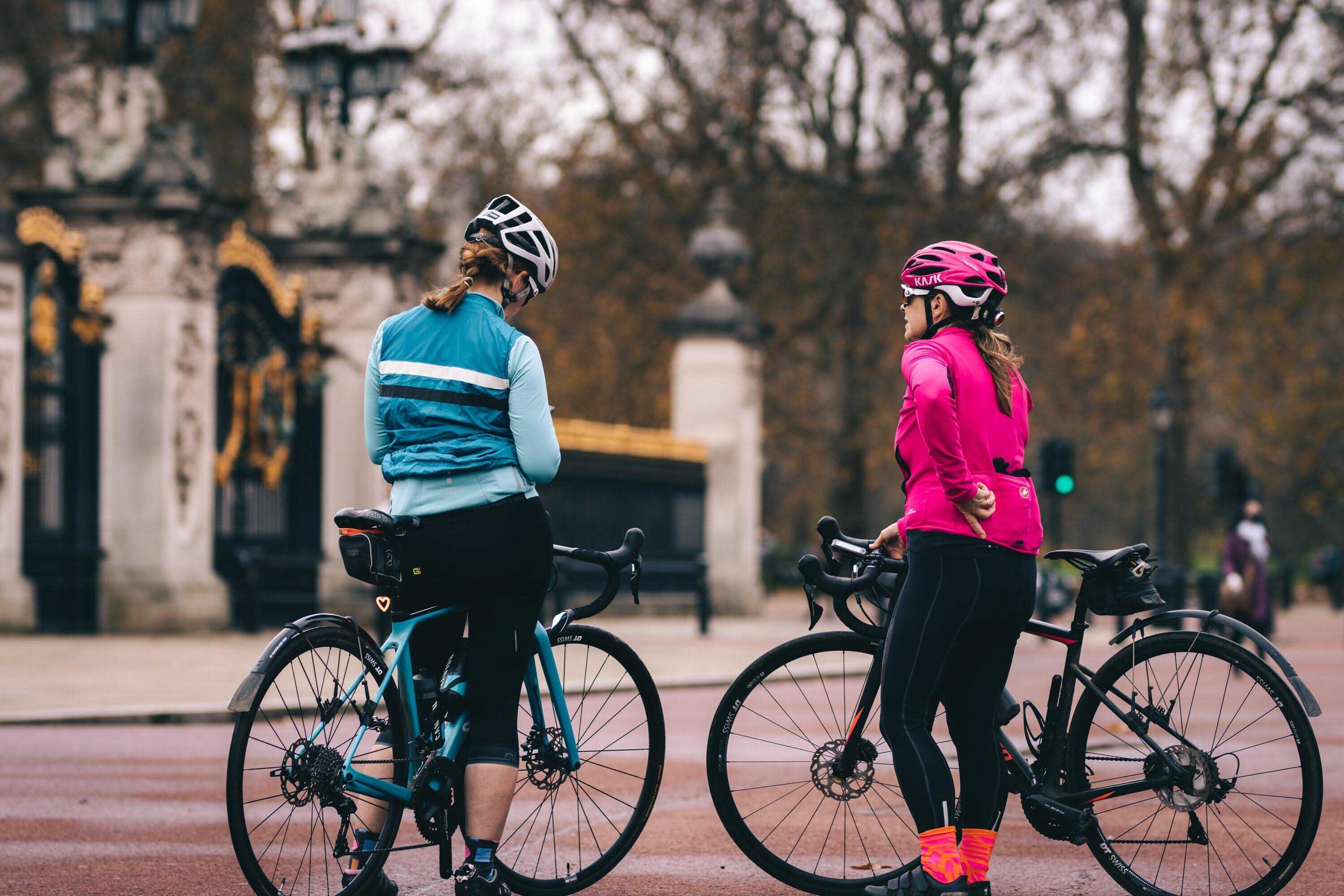
Road safety tips: how to navigate South Africa's roads safely
October is Transport Month in South Africa, and it's the perfect time to go over a few road safety tips.
It's important to remember that road safety doesn't just apply to drivers. It's something to keep in mind whenever you cross the road or find yourself in the unfortunate situation of having to deal with a roadside breakdown.
In today's article, we'll share our road safety tips for navigating South Africa's highways and byways to ensure that everyone arrives at their destination without worry or incident.

1. General Road Safety
- Do not use your phone while driving. Road legislation dictates that you can only use a device while driving if it does not require you to hold it with your hands or any other part of your body. This includes when you are at a traffic light and your vehicle is at a standstill.
- Stay within the speed limit and make sure to keep a safe following distance at all times. If you're not sure what the distance is, stick to the two-second rule.
- Make sure you are wearing your seatbelt at all times, and check that your passengers are strapped in as well.
- If you are driving long distances, take regular breaks, because driver fatigue is not something you should ignore. Fatigue signs you should look out for include:
- You can't focus and struggle to keep your eyes open.
- Your thoughts drift and might be disconnected.
- You find yourself unintentionally veering into another lane or off the road.
- You are tired and make driving mistakes.
2. Ensure that your vehicle is roadworthy
As a regular driver, when was the last time you had your car/bike in for a check up? A roadworthy vehicle plays a major role in keeping our roads safe, which makes booking it in for regular roadworthy inspections something you simply cannot skip.
Unroadworthy vehicles pose a threat not only to their drivers, but also to passengers, pedestrians, and other drivers. They can break down without notice, lead to road accidents, and create hindrances. Drivers can also be fined if they are pulled over by traffic police and their vehicles are deemed unfit to be on the road.
Luckily, this is something DEKRA can help with. Let us conduct a Roadworthy Vehicle Inspection on your car. Find your closest DEKRA branch by clicking/tapping here.

3. Pedestrian safety
Pedestrian safety is something we don't talk about often enough, especially considering that they make up one-third of road-related deaths. Statistics from the Road Traffic Management Corporation have shown that 5 339 pedestrians died in 2017 alone. South Africa also has one of the highest numbers of people dying on our roads each year, with an estimated 14 000 people losing their lives per annum.
So, what can we do to ensure pedestrian safety? Let's take a look.
As a driver:
- Always follow traffic laws, road signs, and traffic lights.
- Be vigilant. When you approach stop signs, traffic lights, or pedestrian crossings, be sure to look out for anybody attempting to cross the road.
- Ensure that there are no distractions in your vehicle.
- Do not overtake other vehicles in areas that see a lot of foot traffic.
- Be on the lookout for intoxicated pedestrians, especially at night.
As a pedestrian:
- Obey traffic laws, road signs, and traffic lights.
- Stay focused and alert to your surroundings at all times.
- If possible, wear clothing that offers high visibility.
- Avoid roads when you're intoxicated
- Stay on sidewalks as much as possible.
- Always face oncoming traffic.
- Pay attention to your surroundings. You might be aware of what's going on around you, but the same can't be said about some drivers.
- If possible, cross the road at a pedestrian crossing, stop sign, or traffic light.
- Do not assume that drivers will always see you. It only takes a moment for a driver to get distracted and take their eyes off the road.
4. Motorcycles
Delivery bikes have become an everyday occurrence on our roads over the last few years, which brings road safety when it comes to motorcycles into even sharper focus these days.
Let's go over a few road safety tips to take note of before you get on your bike for your next trip.
- If you haven't yet, take a bike safety course. You might think you know everything necessary to keep yourself safe on the roads, but there's much to learn about managing emergencies or unpredictable situations. There's a lot of skill and decision-making involved, and a safety course will help.
- Always wear your safety gear, no matter the distance you're travelling.
- As with cars, motorcycles also need regular inspections to ensure that they are in top running condition.
- Check the weather before setting out on your trips. South Africa may have more sunshine days than days without load shedding, but we all know how quickly both can change. It's better to be prepared for all situations and to take extra care when road conditions aren't optimal.

5. Road safety tips for cyclists
- If bicycle lanes are available, please use them.
- Wear all the required safety gear and make sure that your clothing is noticeable and won't make you blend into your surroundings.
- Ensure that your bicycle is fitted with reflective strips and lights at the front and rear for when you ride after dark or in low visibility.
- Stick to the general rule of 'keep left, pass right' and cycle with traffic, not against it.
- Don't forget to use hand signals when you turn or change lanes.
- If you're cycling with a partner or in a group, do so in single file, not next to each other.
- Be aware of other road users, pedestrians, and road hazards.
- Do not cycle with earphones in.
6. Drinking and driving
In September, we spent some time looking at drinking and driving statistics, what could happen if you're caught intoxicated, and the legal implications should you be found guilty. You can read the full article by clicking/tapping here.
Our tip here is short and to the point. Don't drink and drive.
7. When your car breaks down
If you are a long-time driver, you've inevitably had to deal with a roadside breakdown at some point. Not only are they inconvenient and often badly timed, but they are also dangerous to you and other road users. Here is a quick checklist of what to do should you ever find yourself stranded next to the road.
- Ensure that you are in a safe space then call for help. If you have access to roadside assistance, let them know immediately.
- If somebody is injured or needs medical assistance, call emergency responders.
- Let other drivers know that you are experiencing trouble with your vehicle by turning on your hazard lights, putting out your red warning triangle, and opening the hood of your car.
- Do not leave your vehicle unless absolutely necessary. This ties in with our section about pedestrian safety.
- If you don't know what the problem is, don't try to find or fix it. It's safer to wait for assistance. Assess your situation and think about the safest way to handle it.
- But the ideal way to deal with a roadside breakdown is to ensure that it doesn't happen at all. You can do that by booking your vehicle in for a DEKRA Multi-Point Check, which is a general, cost-effective inspection of your car.

As an extra safety tip, we want to take a quick look at distracted driving.
Distracted driving is defined as any activity that takes your attention and focus away from driving. It can be sorted into three categories:
- Visual: Anything that makes you look away from the road falls under this category. Your phone, the radio, reaching for a bag, a snack or a drink. All of it counts as visual distractions. This also includes when you turn to talk to a passenger.
- Cognitive: When driving, you should always be focused on the road but sometimes your mind will wander, you'll daydream, or think about work, school, the kids, or what's for dinner. Cognitive distraction is dangerous to you and other road users, so please take care when your thoughts are occupied and you find yourself not focusing on the road ahead.
- Manual: Taking your hands off the steering wheel and lifting your feet from the pedals count as manual distractions when you do it unintentionally. Checking to see what is happening with a backseat passenger also counts as manual distraction. Always pay attention to what you're doing. If you need to do something that requires removing your hands from the steering wheel, rather pull over.
Keeping all of our tips and suggestions in mind will go a long way in helping to ensure that our roads are safe for everybody using them. If you want to take a more proactive approach, book your car in for a DEKRA Roadworthy Inspection or a Multi-Point Check today.